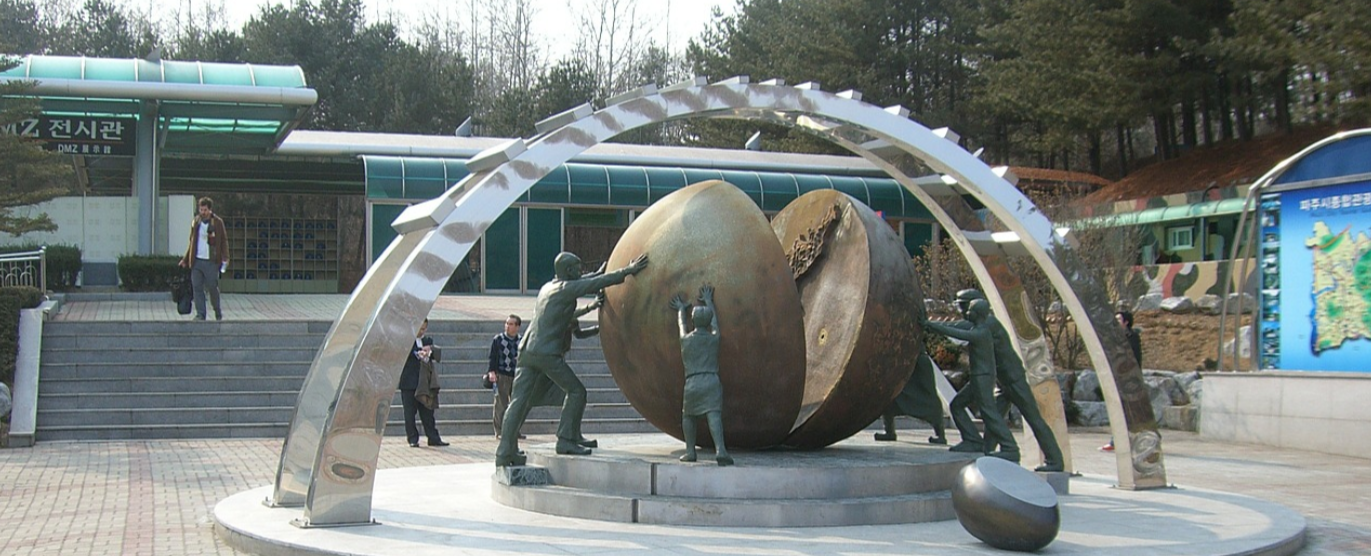North Korea happens to be the world’s largest rare earth trove
The value of North Korea's rare earths has reached 8 799 trillion won, a South Korean news outlet reported.
Published: May 28, 2018, 10:39 am
Australia’s international private equity fund SRE Minerals (SRE) announced on December 4 last year that it had signed a joint venture agreement with North Korea’s Chosun Natural Resources Trading Company to develop rare earth resources in Zhengzhou, North Pyongan Province.
According to the press release, the joint venture, Pacific Century Rare Earths Minerals Limited (PCL), will have the right to develop all of the rare earth resources in the Zhengzhou area for the next 25 years, valued at about $65 trillion.
SRE executive director Dr Louis W. Schurmann is an expert in this area with his 29 years of experience in geological exploration projects. According to Schurmann, Zhengzhou is the world’s largest rare earth resource.
What is Rare Earth? Rare Earth Elements (REE) refers to 15 elements of lanthanum and 17 elements such as scandium and iridium. Rare earth is not a rare element, but it is hard to get in the form of concentrated minerals. There are more than 200 kinds of minerals containing rare earth, but there are few such as monazite, bastnasite, xenotime, and ion adsorption fluorescence, which are used for industrial purposes because they are economical.
Rare earths are chemically very stable metal elements. They do not change even in dry weather, they conduct heat well and have excellent chemical, electric and magnetic properties and are used in various applications, especially in high-tech industries.
It is an essential metal for the next generation industries such as hybrid cars, wind power generation, solar power generation, as well as smart phones, cameras, computers, and three-wavelength lamps. So often, rare earths are called the “vitamins” in the 21st century industry.
At present, China is overwhelmingly dominant in both reserves and production, but many experts have been interested in North Korea’s deposits. In 2011, North Korea was the world’s rare earth reserve, and Pyongang North, where Zhengzhou City is located, estimated at 20 million tons and its economic value at 50 trillion won, large enough to beat the world’s first and second largest reserves.
According to the Korea International Trade Association, imports of rare earths in 2010 were 3287 tons, or $59 million. The SRE revealed that the value of rare earths in Zhengzhou was an astronomical amount exceeding 6 899 trillion won. But it may even be more than that.
“If such a tremendous resource was developed as a joint venture, rather than a joint venture with a foreign fund, it would have been a huge benefit for both Koreas, Korean News outlet OhmyNews reported.
China currently has an effective monopoly on the world’s REE Value Chain, with all the refineries and processing plants that transform the raw ore into valuable elements.
One example of Chinese market control is that the division of General Motors that deals with miniaturized magnet research, had to shut down its US office and move its entire staff to China in 2006.
The United States Department of Energy in its 2010 Critical Materials Strategy report identified dysprosium as the element that was most critical in terms of import reliance.
A 2011 report called China’s Rare-Earth Industry, issued by the US Geological Survey and US Department of the Interior, outlined industry trends within China and examined national policies that may guide the future of the country’s production. The report noted that China’s lead in the production of rare-earth minerals had accelerated over the past two decades.
The United States Geological Survey is actively surveying southern Afghanistan for rare-earth deposits under the protection of United States military forces. Since 2009 the USGS has conducted remote sensing surveys as well as fieldwork to verify Soviet claims that volcanic rocks containing rare-earth metals exist in Helmand province near the village of Khanneshin.
The USGS study team has located a sizable area of rocks in the center of an extinct volcano containing light rare-earth elements including cerium and neodymium. It has mapped 1.3 million metric tons of desirable rock, or about 10 years of supply at current demand levels. The Pentagon has estimated its value at about $7.4 billion.
Outside of the US and China, South Africa also holds such deposits.
All rights reserved. You have permission to quote freely from the articles provided that the source (www.freewestmedia.com) is given. Photos may not be used without our consent.
Consider donating to support our work
Help us to produce more articles like this. FreeWestMedia is depending on donations from our readers to keep going. With your help, we expose the mainstream fake news agenda.
Keep your language polite. Readers from many different countries visit and contribute to Free West Media and we must therefore obey the rules in, for example, Germany. Illegal content will be deleted.
If you have been approved to post comments without preview from FWM, you are responsible for violations of any law. This means that FWM may be forced to cooperate with authorities in a possible crime investigation.
If your comments are subject to preview by FWM, please be patient. We continually review comments but depending on the time of day it can take up to several hours before your comment is reviewed.
We reserve the right to delete comments that are offensive, contain slander or foul language, or are irrelevant to the discussion.

